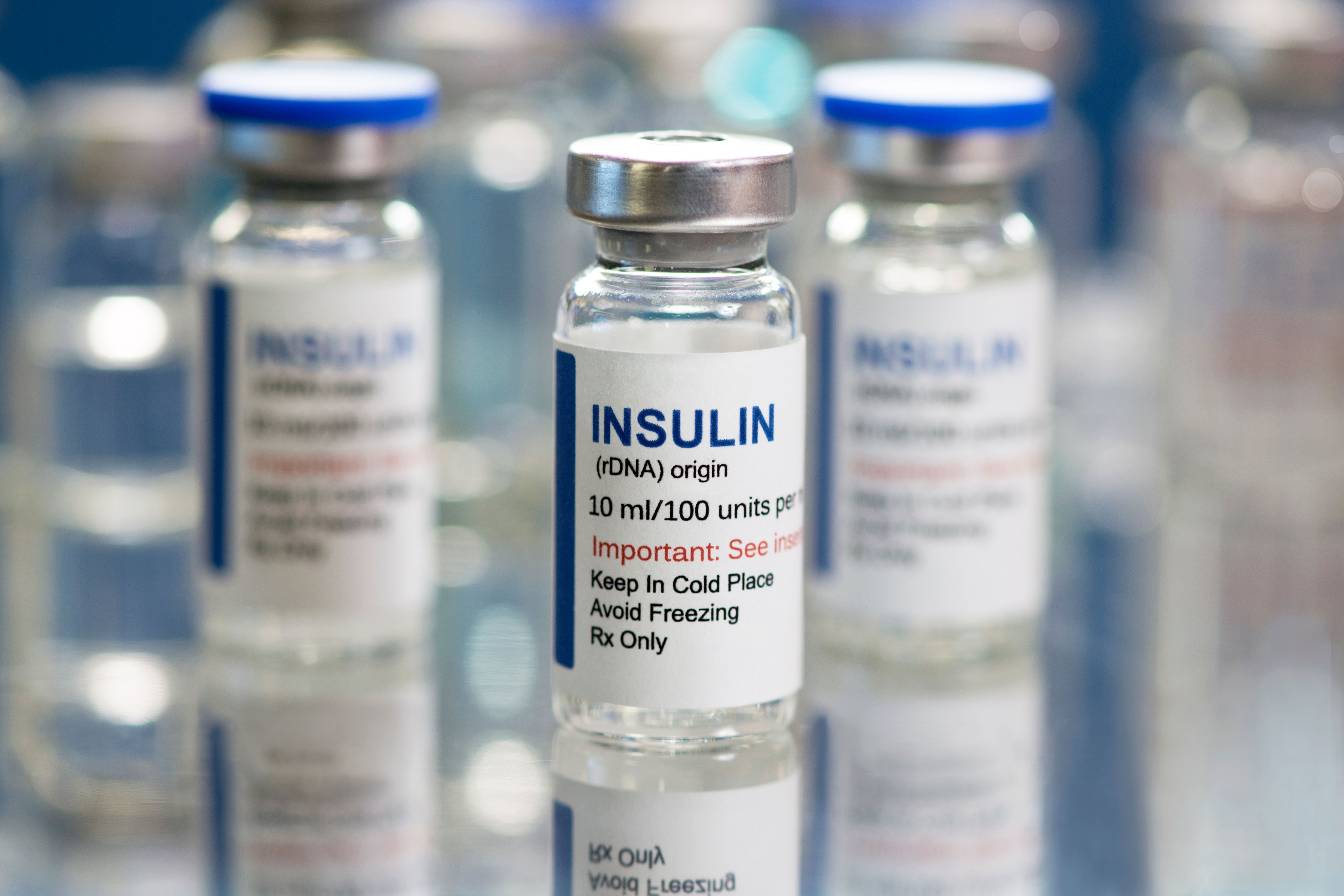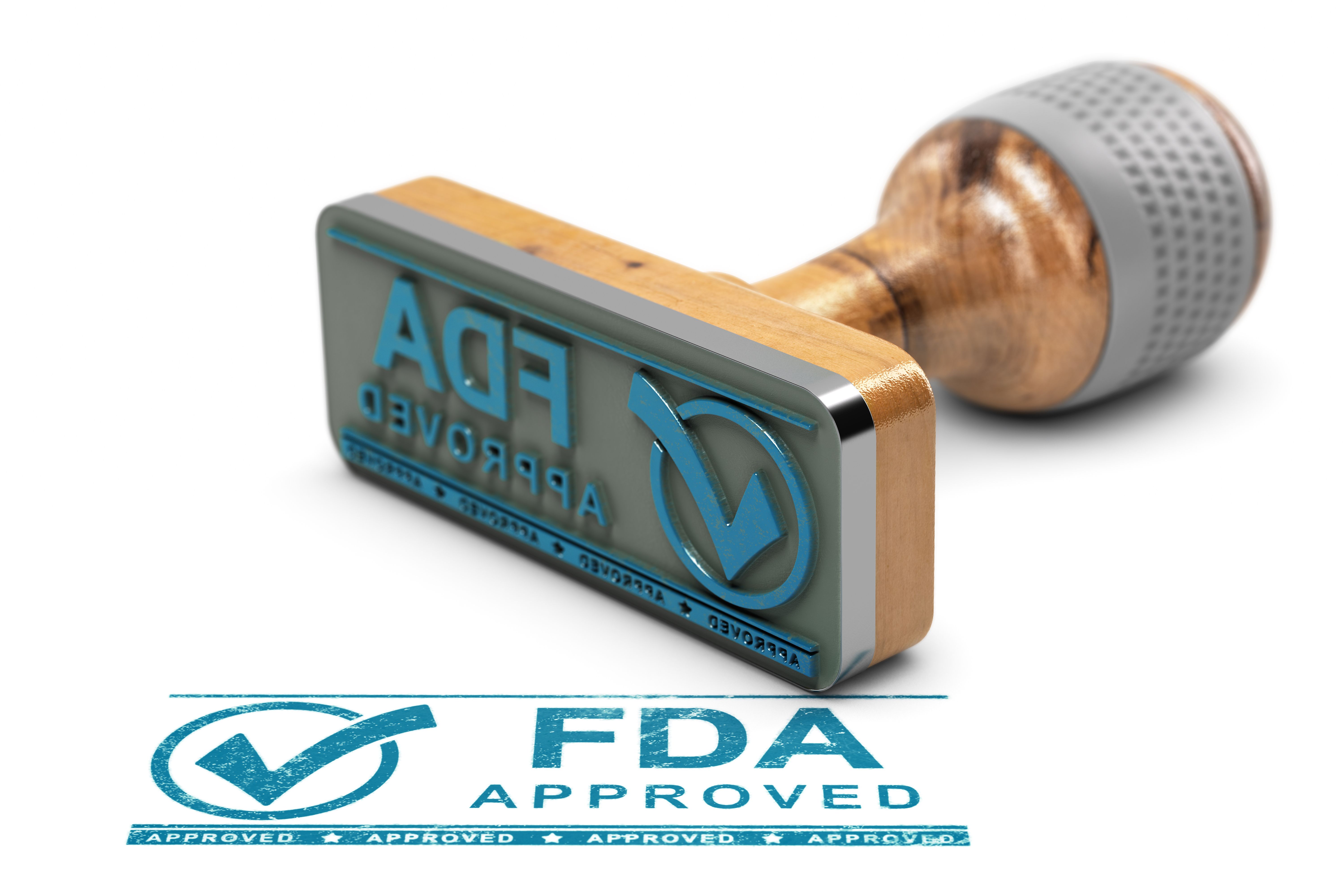Article
Patents Filed a Decade Post Originator Approval Account for Most Biosimilar Patent Lawsuits
Author(s):
Researchers have found that most US patent infringement cases against biosimilar manufacturers cover patents filed over a decade after the originator product's FDA approval, leading to limits on competition among biologic drugs.
Of the many patent infringement cases filed against US biosimilar manufacturers, only 6% were found to cover the active ingredient in the reference biologic drug, suggesting that a majority of cases concern patents filed long after the reference drug entered the market, according to a recent study.
The findings from the study, published in Nature Biotechnology, provide insight on the role that the US patent system plays in biosimilar competition, exploring the nature of patent thickets, where reference drug manufacturers obtain many patents for the same drug to extend market exclusivity for the originator. In turn, this prevents competitive biosimilars from entering the market for longer periods of time.
“As the utilization of biologics grows, so does the urgency of timely biosimilar availability. Our investigation reveals that secondary patents filed a median of more than a decade after approval and for which one-fifth lacked equivalent patents were predominantly involved in the litigation affecting the market entry of biosimilars for 9 key biologic drugs,” the investigators wrote.
In the United States, biologics accounted for 48% of net manufacturer revenue and 43% of total medicine spending in 2019. However, despite the FDA approving 31 biosimilars for 11 originator products, only 21 have entered the market.
Biosimilars are approved under the 351k pathway of the Biologics Price Competition and Innovation Act (BPCIA), which was passed as part of the Affordable Care Act. Although the BPCIA was intended to jumpstart the US biosimilar market and allow biosimilar manufacturers to challenge patents on originators in court, several reference manufacturers have been able to create patent thickets that serve as a barrier to biosimilars, leading to many biosimilar manufacturers settling with reference manufacturers to delay biosimilar market entry.
The investigators used a legal database (WestLaw Edge) to collect information on complaints filed in biosimilar-related litigation cases between 2010, when the BPCIA was put in place, and August 2020. They analyzed the patents that biosimilar manufacturers allegedly infringed and used a patent database (Espacenet) to retrieve each patent.
A total of 179 patents were identified and categorized by type: active-ingredient claim (n = 11), method-of-use claim (n = 63), manufacturing-process claim (n = 76), formulation claim (n = 43), and device claim (n = 3). Fourteen (8%) patents fell into more than 1 category.
The median time from FDA approval of the reference product to a patent’s priority date was 1.7 years, which was the longest for Neupogen (filgrastim; 18.4 years) and the shortest for Neulasta (pegfilgrastim; -2.7 years).
Only 17 (9%) of the patents analyzed were filed prior to FDA approval of the originator. Patents for active ingredients were filed a median of 2.7 years before the originator received FDA approval. In contrast, the median filing times after originator approval were 11.4 years for patents with formulation claims, 11.2 years for method-of-use claims, 10.2 years for manufacturing process claims, and 5.8 years for device claims.
“To compete effectively, biosimilar manufacturers would have needed to show that their products were highly similar to the originator made via the new manufacturing process or in the formulation, which the originator manufacturer may have argued was superior to the original product,” the investigators noted.
They suggested several reforms, such as limiting biologic patent enforceability, increasing the United States Patent and Trademark Office (USPTO) examiners’ time and resources, and increasing collaboration between the FDA and the USPTO. Implementing reform strategies could help address patent thicket issues and ensure that American patients and health care systems benefit from competition among biologics, the authors added.
Study limitations included that the analysis was limited to allegedly infringed patents rather than the full thicket protecting the originator biologic. Additionally, the analysis was limited to the 9 originator biologics facing biosimilar competition prior to August 2020.
Reference
Van de Wiele VL, Beall RF, Kesselheim AS, Sarpatwari A. The characteristics of patents impacting availability of biosimilars. Nat Biotechnol. 2022;40(1):22-25. doi:10.1038/s41587-021-01170-5
Newsletter
Stay ahead of policy, cost, and value—subscribe to AJMC for expert insights at the intersection of clinical care and health economics.




